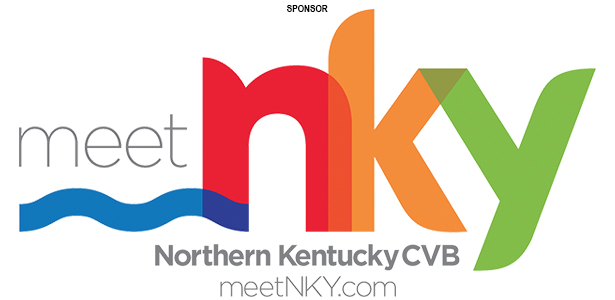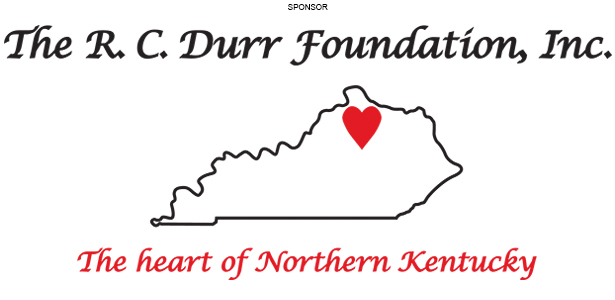We’re celebrating ten years of Our Rich History. You can browse and read any of the past columns, from the present all the way back to our start on May 6, 2015, at our newly updated database: nkytribune.com/our-rich-history
By John Schlipp
Special to NKyTribune

All of us have identities — sort of like product brands — in addition to our names. Throughout history, even cities have branded themselves. For example, Cincinnati was originally christened as the “Queen City of the West.” Over time, its municipal marker simply became the “Queen City.”
The iconic John Roebling Bridge linking Cincinnati to Covington is a national landmark that has recently inspired the name Roebling Books for a family of iconic books and coffee shops in Northern Kentucky.
The well-known Roebling name has even been associated with local Bourbon whiskies. In fact, multiple distilleries of Northern Kentucky are part of the Kentucky Bourbon Trail.
To learn more about the history of Kentucky’s Bourbon whiskies, visit blogs.loc.gov. Besides Bourbons, familiar beer brands from Northern Kentucky’s past include trademarks such as Bavarian’s, Oldenburg, and Wiedemann.
Trademarks of varying types of branding have existed since humans perceived the need to identify items. Case in point, Western movies show how cattle were branded for ownership designation. Ownership of animals has even been documented on cave drawings of early man as far back as 5,000 BCE. Pottery from First Dynasty Egypt has marks believed to be ownership identification. Among the earliest widely recognized trademarks were those stamped on swords and weaponry created by blacksmiths, as well as building bricks, pottery, lamps, and even loaves of bread made during the Roman Empire.

It is important to clarify that trademarks are brands, while not all brands are trademarks. Brands are images representing a company’s reputation, and the products or services it creates. Trademarks are legal protections of brands granted by a government agency such as the U.S. Patent & Trademark Office (USPTO). The USPTO defines a trademark as any word, name, symbol, device, or any combination, used to identify and distinguish the goods or services of one seller provider from those of others. It also indicates the source of the goods or services. Trademarks registered with the USPTO are marked with an encircled letter “Ⓡ” while those registered by a state government or common law use are marked with a “TM” after the trademarked name or symbol.
From an economic standpoint, according to ipwatchdog.com, “a trademark is just a symbol that allows a purchaser to identify goods or services that have been acceptable in the past and reject goods or services that have failed to live up to the desired standards, which will vary from consumer to consumer.”
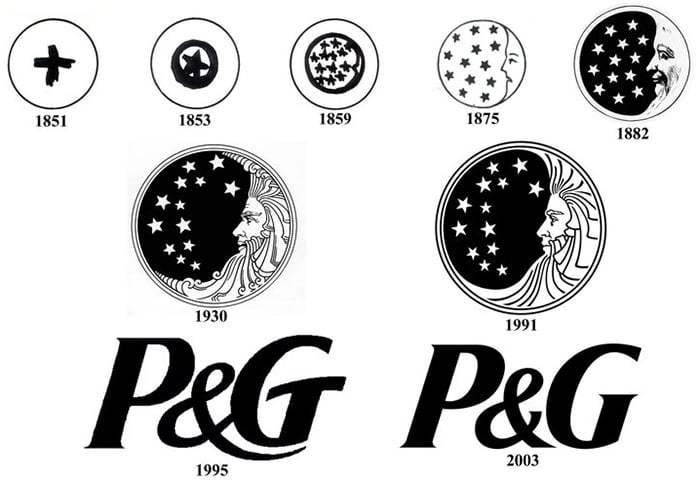
Trademarks are perhaps the most visible form of intellectual property, especially associated with online businesses. They differentiate your product and/or service from competitors. When one thinks of trademarks, often brand names and logos come to mind. Such branding influences customer recognition and projects the goodwill of a business.
The roots of the famous celestial Procter & Gamble logo is a classic example of a trademark as a source identifier. Candles and soap were the primary P&G products shipped from Cincinnati’s riverfront in the mid-nineteenth century. A P&G publication from 1944, entitled Into a Second Century with Procter & Gamble, explains the origins of the P&G trademark: “A clerk with artistic aspirations sketched a cluster of stars on a box of candles. Later, a circle was drawn around the stars and the man-in-the-moon added.” After P&G executives stopped this unofficial, ad hoc marking, candle customers refused to accept the boxed candles, claiming they weren’t genuine Star Candles from P&G. Listening to its customers, P&G restored the moon and the stars.
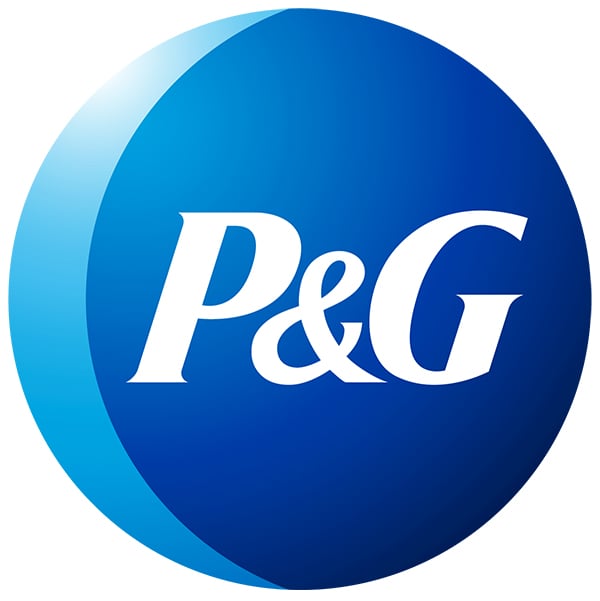
Then, by the 1980s, false accusations spread, claiming that P&G’s famous moon and thirteen stars were “agents of satan.” Ultimately the rumors were traced to religious groups and a pyramid-scheme marketing company. Subsequently, the classic trademark went into decline as the P&G letters alone replaced the iconic moon and star. A simple yet subtle image of the crescent moon has returned on a modern, crisp and clean circular logo with the P&G lettering.
The trademarked logos of the Cincinnati Reds are among the most memorable in major baseball league history. According to the “History of Reds Logo,” the classic wishbone “C” Reds logo was introduced in 1905. There have been dozens of different “C” logos since the early days of the Red Stockings team. In 1913 the Reds team name was inserted within the classic wishbone “C.” Throughout the years, the “C” logo has proudly graced five World Series titles (1919, 1940, 1975, 1976, 1990), most notably during the Big Red Machine era of the 1970s.
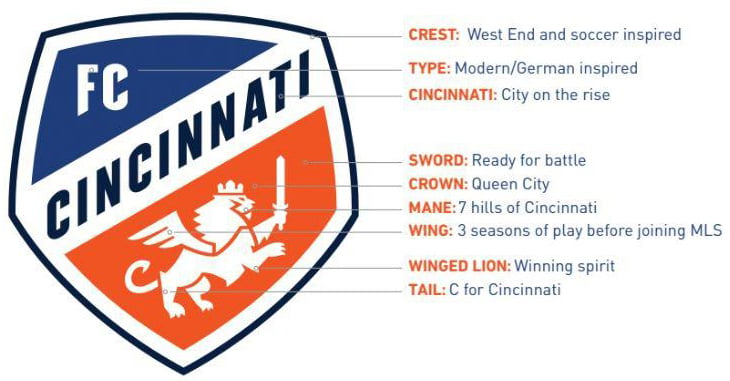
Besides baseball’s oldest franchise logo proudly displayed in Cincinnati, soccer fans in the region have something else to cheer about. FC Cincinnati’s trademarked logo of a lion insignia with a sword on a blue and orange shield appears all around us on officially licensed apparel and souvenirs. FC Cincinnati federal trademarks are registered by Major League Soccer.
Innovative trademarks have always been vital to successfully identify the goods or services of a business. Once establishing a trademark, a new or established business should make certain there is no likelihood of confusion with other trademarks. Such potential likelihood of confusion is the most common reason for refusal of applications with the US Patent & Trademark Office. The USPTO determines that a likelihood of confusion occurs when (1) the marks are similar, and (2) the goods and/or services of the parties are related such that consumers would mistakenly believe they come from the same source.

Awareness of intellectual property places everyone on the leading edge of any innovative or creative endeavor, from inventors of technology to creators of art or music. A special small business and entrepreneur workshop is scheduled for Wednesday September 17 at the Erlanger branch of the Kenton County Public Library — “From Idea to Asset—Navigating Intellectual Property for Your Business.” Lunch is included at 12 p.m.
A representative from the U.S. Patent & Trademark Office is scheduled to discuss trademarks and patents. This free workshop helps those entrepreneurs who are developing a new invention, starting a new small business, or existing businesses who wish to learn more about intellectual property.
NOTE: The trademark images displayed in this article are for historical reference, news reporting, and educational purposes.
John Schlipp is a Career Navigator Librarian at Kenton County Public Library specializing in business resources and intellectual property awareness. He is a member of the Patent & Trademark Resource Center Association, and can be contacted at john.schlipp@kentonlibrary.org.
Paul A. Tenkotte, PhD is Editor of the “Our Rich History” weekly series and professor of history at Northern Kentucky University (NKU). To browse ten years of past columns, see: nkytribune.com/our-rich-history. Tenkotte also serves as Director of the ORVILLE Project (Ohio River Valley Innovation Library and Learning Engagement). He can be contacted at tenkottep@nku.edu.
We’re seeking historic photos of Park Hills to help us document and celebrate the city’s one hundredth anniversary in 2027. Please contact Paul Tenkotte at tenkottep@nku.edu if you have photos or stories to share.

